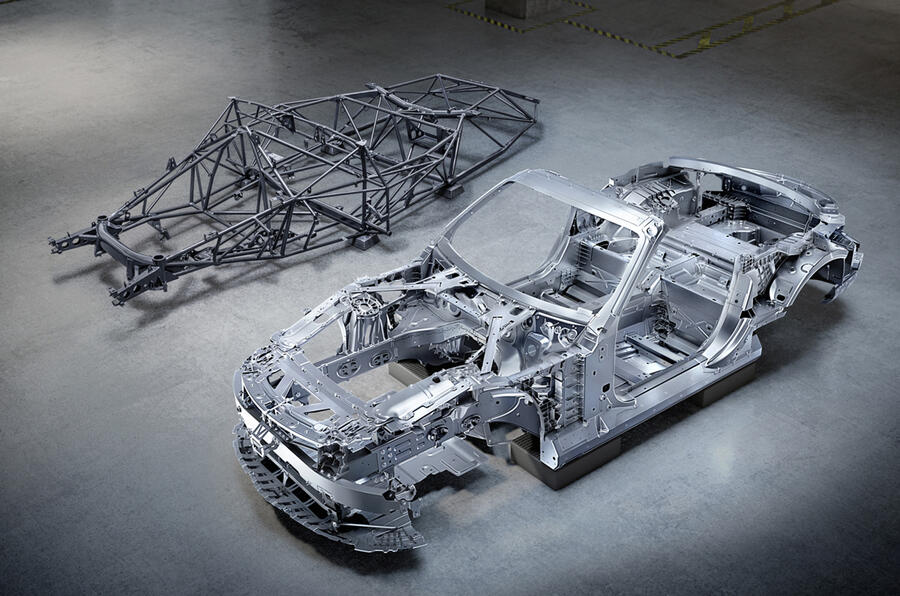What problem or problems are there with the Ecoboost engines?
I think there are a few with both the 1.0 and 1.6 versions. My friend's daughter is having a new engine fitted today to her low mileage 2014 Fiesta 1.0 ... apparently the new one is a different unit, not a direct replacement. She was quoted £3700 originally but my mate found a Facebook group called Ford EcoBoost Nightmare with nearly 8,000 members, and Ford then agreed to do it FOC. Another friend is having a 1.6 replaced in (I think) a Kuga.


